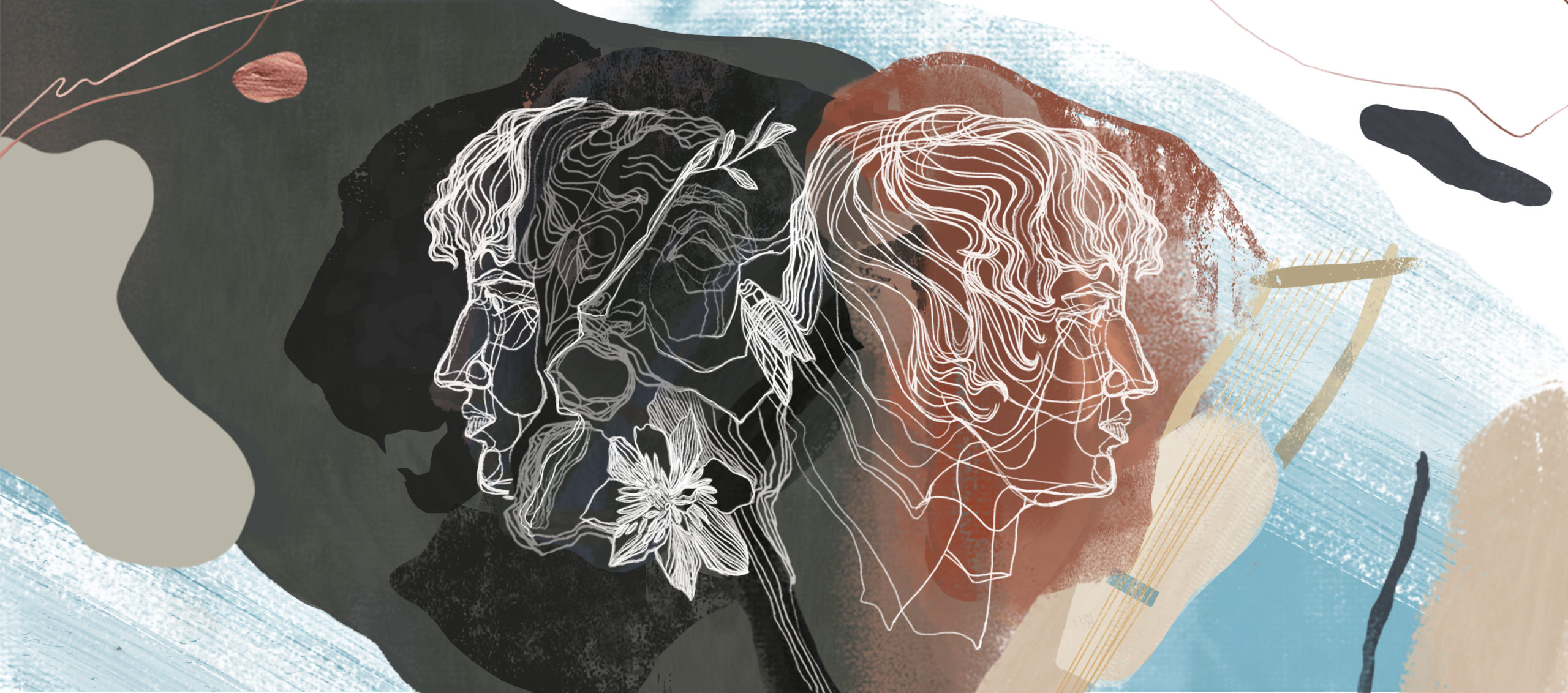Let’s suppose four worlds (W1, W2, W3, W4). World 1 contains mothers (x), maternal aunts (r), and fathers (z), but not shamans (k): W1 = (x = x) ∧ (r = r) ∧ (z = z) ∧ ∄k World. 2 also contains mothers (x) and aunts (r), but (as it happens, e.g., among the Iroquois;…
Category: Thought
Plato… minus Platonism (with a Note on Guattari and Deleuze)
It is with Heraclitus that the “thinkable” becomes the very object of thought – and I am tempted toassert that it is only then that philosophy properly begins. The apocryphal anecdote concerning the death of Homer contained in frag. DK B56 (to which I have already alluded here) hints at this in a lovely manner…
Of Human Thought as an Iridescent Interface
What does it mean to say that we are at once auto- and allo-poietic, endo- and exo-consistent, different and non-different from what is in one sense, but in another sense no longer remains, external to us? And, even more importantly perhaps, what does it mean to realize that we are unceasingly sliced and spliced between…
How Does an Animist Ontology Look Like?
Fig. 1. Animism viewed as a “flat ontology” through a still-convalescent counter-modern lens (after Anna Tsing’s notion of “piling”). Fig. 2 Any animist ontology viewed from its own standpoint: polyvocal but articulated, rather than flat.
Political Geometries
At the diegetic beginning of the Theban cycle, excessive conjunctions and disjunctions (Ramnoux) between two different worlds, and within each of those worlds, take place (Zeus abducts Europa, Cadmos slays the dragon, the children of the dragon kill themselves, Cadmos has an incestuous relationship with Europa, etc.). The goal is then to find some rest…
AΓAΛMA
The Ancient-Greek word ἄγαλμα (agalma) did not merely designate a statue, which we wrongly take to be its most common meaning. In Homer, it is the precious object desired by everyone that embellishes, by making it shine, the harness of the horse of the best among the warriors – in short, it is the treasure…
“To Cast the Fish and Keep the Net” – Philosophy’s Uncanny Task
Merleau-Ponty’s later writings witness to a thematic shift from the study of perception to that of meaning as its supplement, in the Derridean sense of the term “supplement” – a shift that Merleau-Ponty himself describes in La Prose du monde with an eloquent metaphorical expression: “to cast the fish and keep the net” (jete[r] les…
Images of Thought
Interestingly, and as I have written elsewhere, this letter remains for us, Europeans, a typically Greek one (in German it is called ypsilon, which is its original Greek name; in French, i grec (“Greek i”); in Spanish, i griega). This very Greek “Y” symbolizes (or rather, pictures graphically; Pierce would have said that it is…
After Nietzsche
I Nietzsche claims that the way in which we picture the world affirms or denies what we are ready to put in it, in short, that our representations rely on a pre-representational basis, inasmuch as we see what we see depending on how we are inclined to value it. In other words, he underscores the…
Butō & Philosophy
To “represent” (vorstellen) something and to “position” (stellen) it in its “place” (Stelle) is said in German after the same verbal root, which is also inherent in the word Gestell: “positioning,” “enframing.” With the latter term, Heidegger points at the generalized availability in which things stand before us – a trait which is peculiar to…
